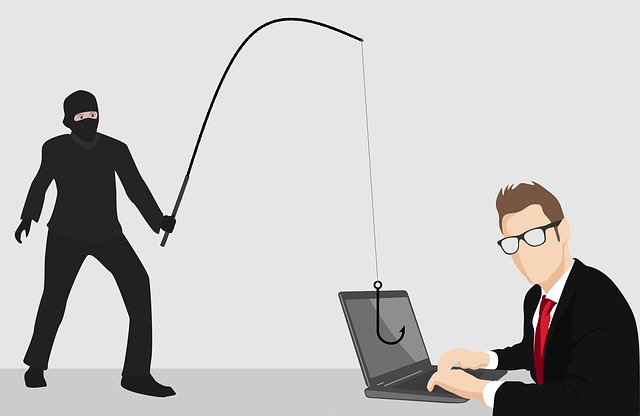As influencer marketing has exploded in popularity, PR and marketing pros may be tempted to purchase a list of top influencers in their brand categories. A list of social media influencers with large numbers of followers and social sway seems to offer a convenient solution to finding authentic influencers who promote brands.
Marketing guru Mark Schaefer, who’s often mentioned on influencer lists himself, explains the myriad problems with these lists. They’re usually based on Twitter followers because the network’s API allows easy acquisition and analysis of its data. (An API provides access to a website so that software can automatically gather information from the website. The scraping software gathers content and other data including followers and engagement stats.) Other platforms, such as Facebook, keep their user information private or secure it behind a privacy firewall. On some social networks, there’s no API at all to access user information.
Examining content and engagement on original content like blogs, podcasts, and videos — the primary sources of authority on the web – is a complicated endeavor. “Many companies have tried, most have failed,” Schaefer says.
With no other easily accessible data source, influencer-marketing vendors rely mostly on Twitter. “To be recognized on these lists, you don’t need to write a book, speak at a conference, or teach at a university,” Schaeffer says. “You don’t even have to have a job, or a single customer. You just need to be a big deal on Twitter.”
The Rich Get Richer
Another issue: The lists are self-perpetuating, Schaeffer says. Bloggers and content writers write round-up blog posts that quote influencers named on the lists, in the hopes that some will share the post on their social networks. If marketers are really lucky, an influencer will link to their post, providing a strong SEO boost. When people cite influencers on lists, the influencers gain more social media mentions and more links, increasing the chances that they’ll remain on lists.
In addition, fake influencer scams plague marketing campaigns. Phony influencers buy large numbers of fake followers and bot-generated likes and comments. With their phony credentials, they charge brands large sums to reach their phony audience. Platforms like Twitter, Instagram and Facebook have deleted large numbers of fake accounts, shut down apps and taken other steps, but the problem persists.
Who has Real Influence?
Many people with real influence lack large followings on Twitter or even a presence on the network. For people with real jobs and real influence, accumulating Twitter followers is not a priority.
While no one can determine true influence and probably won’t any time soon, influencer measurement has improved substantially, Schaeffer says. “The technology is improving by leaps and bounds, but the fact is that companies will have to somehow go beyond analyzing a few social media bread crumbs to determine a person’s impact on the world.”
The Klout Score, which supposedly reported social media power with a single number, once held clout in the past. It eventually fell into disuse as marketers learned that it was actually a poor measure of influence and could be gamed. Klout based its score on overall social media activity, not audience engagement or the influencer’s audience. Lithium, which purchased Klout in 2014, shuttered the service this past summer.
Social Media Measurement Improvements
Social media measurement has advanced substantially since Klout Score’s birth. Brands can now use advanced social media measurement tools to integrate large amounts of data from multiple social networks and other sources to gain a holistic view of the PR and marketing situations. Social monitoring and measurement can help identify influencers, improve influencer marketing programs, demonstrate value of influencer marketing campaigns to management.
A real improvement in influencer marketing requires a change in mindset. Savvy digital PR and marketing professionals are becoming more advanced in how they measure influence and vet influencers. Avoiding phony influencers and scams requires carefully assessing the authenticity of content of the influencer’s posts, analyzing the legitimacy of their followers, checking with other brands they promote, securing written agreements that specify performance, and measuring their performance with a social media monitoring service.
Bottom Line: Marketing experts warn that influencer lists don’t help companies find influencers with real influence to sway audience opinion about their brands or products. Over-reliance on Twitter and an abundance of fake bot accounts diminish the accuracy of lists. PR and marketing need to utilize advanced social media measurement tools and to analyze social media data to find influencers who connect with actual customers.
William J. Comcowich founded and served as CEO of CyberAlert LLC, the predecessor of Glean.info. He is currently serving as Interim CEO and member of the Board of Directors. Glean.info provides customized media monitoring, media measurement and analytics solutions across all types of traditional and social media.





